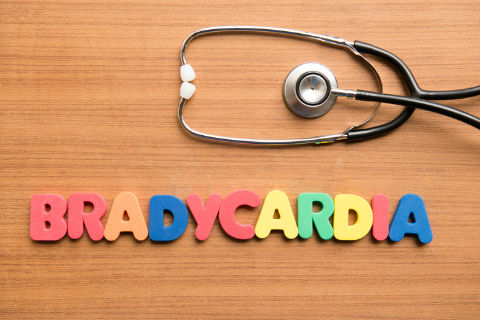Paediatric ECG and Arrhythmias course for Nurses



This session covers normal heart rhythm and then discusses the common arrhythmias and syncope.
Learning Objectives
By the end of this session you will be able to:
- List common arrhythmias seen in children
- State the observations and measurements to be made when reading a paediatric ECG
- Recognise the clinical features associated with common arrhythmias
- Describe the management of common arrhythmias
- State the commonest causes of syncope and when to consider cardiac syncope
Cardiac arrhythmia (preferably described as dysrhythmia) is an abnormal heart rhythm. They can be associated with slow heart rate (bradycardia) or fast heart rate (tachycardia).
Before commencing this session you should have:
- Basic knowledge in paediatric ECG interpretation
Dr Ari Kannivelu is a consultant paediatrician with expertise in cardiology in Shrewsbury and Telford Hospitals NHS trust. He completed his paediatric specialist training in UK in 2009, including 2 years of tertiary paediatric cardiology training in Birmingham Children’s Hospital and Glenfield Hospital, Leicester. He has developed local paediatric cardiology services and works within a regional clinical network with Birmingham children’s hospital, where he holds an Honorary contract. He holds MRCPCH (UK) and has done an MSc in Paediatrics. He has also completed EACVI certification in echocardiography in congenital heart diseases.
He has specific interest in teaching and training, and has recently completed a diploma in medical education. He regularly teaches in regional and national courses in paediatric cardiology and echocardiography. He is currently honorary secretary to national Paediatricians with Expertise in Cardiology Special Interest Group (PECSIG).

- Anaesthesia | Paediatrics | Pharmacokinetic,Pharma...
- Posted By eIntegrity Healthcare e-Learning
- Posted Date: 2024-11-18
- Location:Online
- This session will provide an overview of pharmacokinetic (PK) maturation during infancy and the use of size models to describe PK differences between children and adults. It will go on to describe known pharmacodynamic (PD) differences and consider the im
- Anaesthesia | Paediatrics | Opioids In Paediatrics...
- Posted By eIntegrity Healthcare e-Learning
- Posted Date: 2024-11-18
- Location:Online
- This session looks at practical opioid pharmacology applied to the clinical use of different agents for neonates, infants and small children.
- Anaesthesia | Paediatrics | Advanced Paediatric Li...
- Posted By eIntegrity Healthcare e-Learning
- Posted Date: 2024-11-18
- Location:Online
- This session addresses the advanced management of the critically ill child and the child in cardiac arrest.
- Anaesthesia | Paediatrics | Head Injury
- Posted By eIntegrity Healthcare e-Learning
- Posted Date: 2024-11-18
- Location:Online
- This session describes the principles of stabilisation and management of a child with a head injury and how this differs from the management of an adult patient. This includes methods of assessment, effects and management of raised intracranial pressure,
- Anaesthesia | Paediatrics | Multiply Injured Child...
- Posted By eIntegrity Healthcare e-Learning
- Posted Date: 2024-11-18
- Location:Online
- This session looks at the initial management and stabilization of the multiply injured child with reference to published trauma guidelines.






